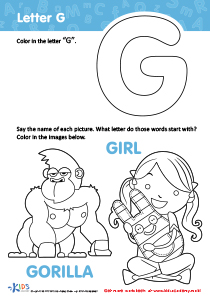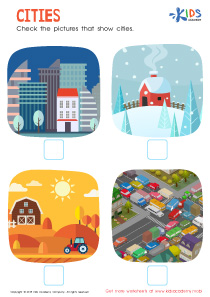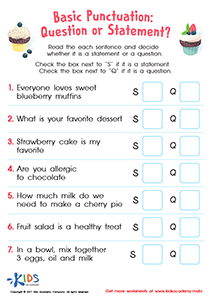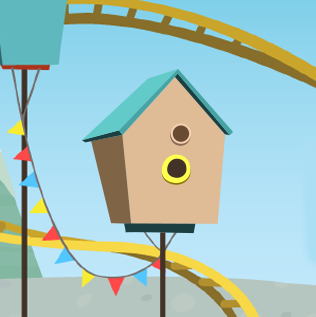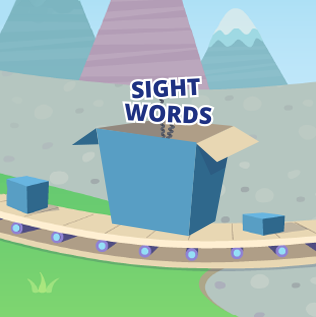English Language Arts Lessons | Word Relationships and Nuances for 8-Year-Olds
8 results
Word Relationships and Nuances for 8-Year-Olds
Unlock the enchanting world of words with our uniquely crafted lessons designed specifically for 8-year-olds! Our course on Word Relationships and Nuances dives into the heart of language, exploring how words connect, differ, and play together in sentences. Through a mix of interactive worksheets, engaging educational videos, and assessment quizzes, your child will embark on a language adventure, enhancing their understanding and use of words in everyday contexts. Perfect for young learners eager to expand their vocabulary and comprehension, this course promises a fun-filled journey into the fascinating realm of word relationships and nuances. Join us and watch your child's language skills flourish!
Unlocking the Benefits of Word Relationships and Nuances for 8-Year-Olds
As children grow and develop, their ability to understand and use language becomes increasingly sophisticated. For 8-year-olds, who are on the cusp of significant academic and social milestones, mastering the subtleties of language is essential. That's where our specially designed lessons on Word Relationships and Nuances for 8-Year-Olds come into play. These lessons, crafted with the developmental needs of young learners in mind, are a treasure trove of interactive worksheets, educational videos, and assessment quizzes aimed at enhancing children's linguistic skills.
The importance of understanding word relationships and nuances at this age cannot be overstated. It's not just about expanding vocabulary; it's about learning how to use words effectively and understanding their interconnectivity. This is crucial for reading comprehension, a skill that underpins all academic learning. By engaging with our interactive lessons, children learn to discern subtle differences between words and grasp how their relationships can alter meanings within texts. This deepened understanding empowers them to become more proficient readers and more expressive writers.
Our interactive worksheets are designed to be both educational and entertaining. They challenge children to think critically about language, encouraging them to explore synonyms, antonyms, homophones, and more. Through playful exercises, children learn that words carry weight and that their choice of words can dramatically change the nuance of a sentence. This not only improves their writing skills but also enhances their ability to interpret the world around them.
The educational videos included in our lessons bring these concepts to life. Through engaging narratives and vivid illustrations, children are introduced to complex ideas about language in a manner that's easy for them to understand and remember. These videos serve as a springboard for discussion and further exploration, making the learning process a dynamic and interactive experience.
Assessment quizzes play a crucial role in consolidating learning. They provide an opportunity for children to test their understanding of word relationships and nuances in a low-pressure environment. Feedback from these quizzes helps children identify areas where they may need more practice, allowing for targeted learning that addresses their specific needs.
